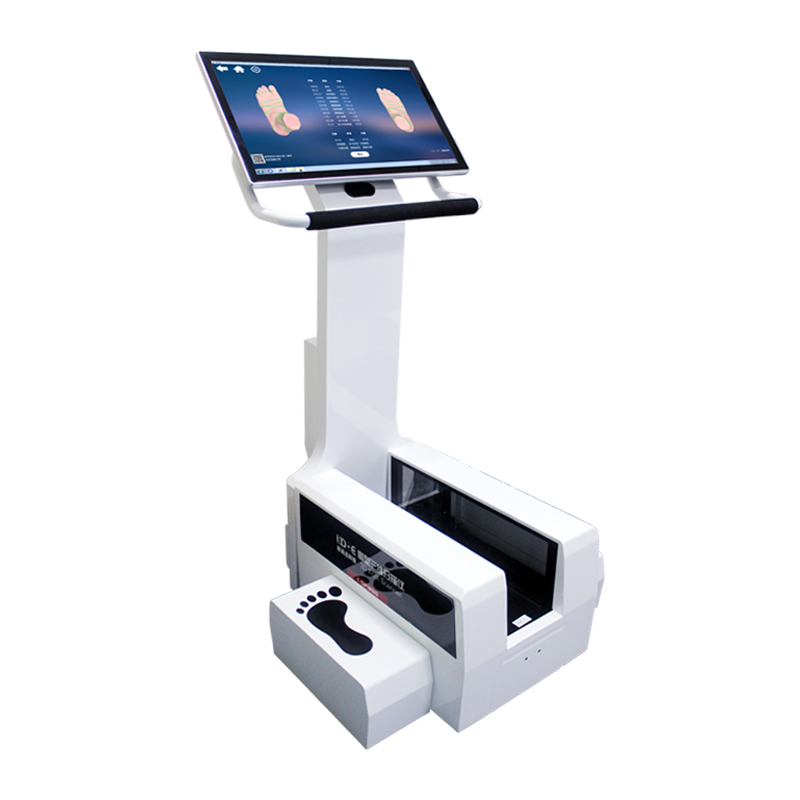
Tel :0755-86131192 86180201
Fax :0755-86180213
E-mail: info@3doe.com
Website: www.3doe.com
Address: 3A05, Minzhi Chamber of Commerce Building, Minzhi Avenue, Longhua District, Shenzhen
Are you here: Home > News > Industry NewsIndustry News
3D Foot Scanner Buying Guide: How to Find the Best Model for You?
Time:2025-02-14 15:16:36Source:深圳市精易迅科技有限公司Views:744
As a high-precision detection device, 3D foot scanners have been widely used in podiatry diagnosis and treatment, orthopedic design and sports rehabilitation.
Choosing a device that suits your needs can not only accurately capture the details of the foot structure, but also provide a scientific basis for personalized treatment plans. This article provides you with a rigorous purchase guide from the aspects of key performance indicators, software functions, humanized design and after-sales service.
First of all, scanning accuracy and resolution are the core indicators for evaluating 3D foot scanners.
High-precision equipment can capture tiny structural changes in the foot and accurately measure arch height, plantar size distribution and gait parameters. Users should pay attention to the sensor type, sampling frequency and data processing capabilities of the instrument to ensure that the test results meet the requirements of clinical diagnosis and orthopedic design.

Secondly, scanning speed and operational stability are equally important. Fast scanning not only shortens the detection time and reduces the discomfort caused by long-term standing, but also improves overall work efficiency. At the same time, the equipment should maintain good consistency and stability in repeated detection to ensure the comparability and reliability of the data, providing a solid foundation for subsequent analysis.
Third, the integration and data analysis functions of the software system play a decisive role in the application effect of the 3D foot scanner.
A high-quality software platform should support the automatic generation of a three-dimensional foot model, provide accurate parameter measurement, abnormality identification and intuitive visual display. The operation interface should be concise and clear, and have data storage, comparison and export functions to facilitate doctors to make scientific decisions and formulate personalized rehabilitation plans.
In addition, the ergonomic design and ease of use of the instrument are also key factors to consider when purchasing.
The equipment should have an ergonomic testing platform to ensure that the patient maintains a natural and comfortable posture during the scanning process, thereby reducing data errors caused by improper posture. Portability and modular design can adapt to application requirements in different scenarios and improve the flexibility and universality of the equipment.
Finally, perfect after-sales service and technical support are important conditions for ensuring the long-term and stable operation of the equipment. Choosing a manufacturer with a good market reputation and professional technical background can obtain timely maintenance, upgrades and technical guidance during the use of the equipment, reduce equipment maintenance risks, and ensure the continuity and efficiency of the detection work.
When purchasing a 3D foot scanner, you should consider the scanning accuracy, speed, data processing capabilities, software functions, ergonomic design, after-sales service and other aspects.
Only equipment that meets actual application needs can play the best role in foot health management and rehabilitation treatment, and provide solid technical support for accurate diagnosis and personalized treatment.




